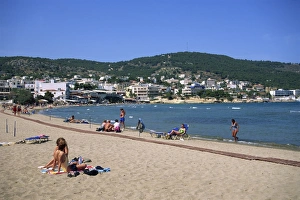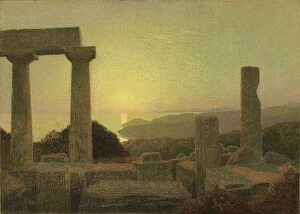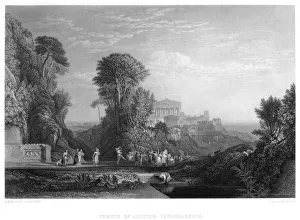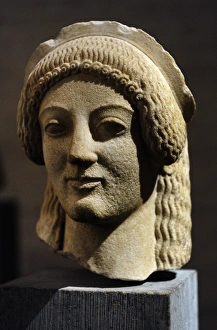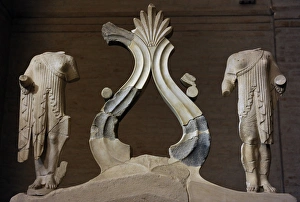Aegina Collection
Aegina, Greece - The port city that holds a treasure trove of ancient wonders
All Professionally Made to Order for Quick Shipping
Aegina, Greece - The port city that holds a treasure trove of ancient wonders. One such marvel is the Temple of Aphaia, showcasing exquisite Greek architecture and standing as a testament to the ingenuity of its creators. As you wander through its hallowed halls, you'll be transported back in time to an era when gods and goddesses reigned supreme. But Aegina isn't just about ancient temples; it also boasts the charming Church of Agios Nikolaos. This quaint place of worship exudes tranquility and offers a glimpse into the island's rich religious heritage. Venturing further, you'll discover Aghia Marina, a picturesque village nestled on the Argo Saronic Islands. Here, fishing boats sway gently in the harbor, their colorful sails mirroring the vibrant spirit of this coastal haven. As if frozen in time, sculptures from the Greek temple emerge from history's depths. Marvel at the fallen warrior from 6th-century BC or gaze upon Athena herself – both immortalized by skilled hands long ago. The West Pediment of the Temple of Aphaia reveals more tales from antiquity: an archer poised for action and warriors locked in eternal combat. These fragments speak volumes about life during c500-480 BC when battles raged and heroes were born. Intriguingly reconstructed in the 19th century stands another masterpiece –the Aegina West Pediment– inviting us to ponder over its lost glory while appreciating its meticulous restoration efforts. And amidst all these historical treasures lies a small yet significant artifact: a stater coin depicting a land tortoise. Crafted between 404-350 BCE by an unknown creator, this humble coin serves as a reminder that even within grand narratives lie hidden stories waiting to be discovered. So come to Aegina and immerse yourself in its captivating past. Let each step transport you through centuries as you uncover remnants of ancient civilizations and witness the enduring beauty that is Greece.




